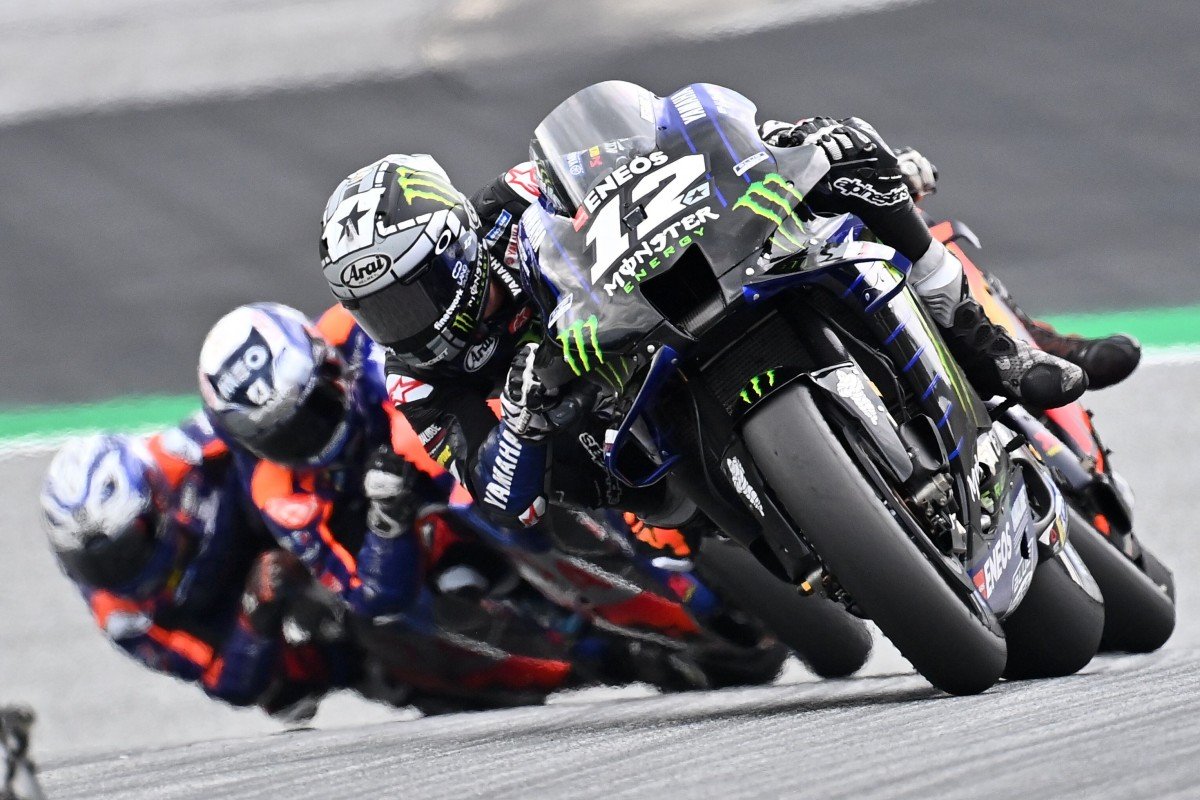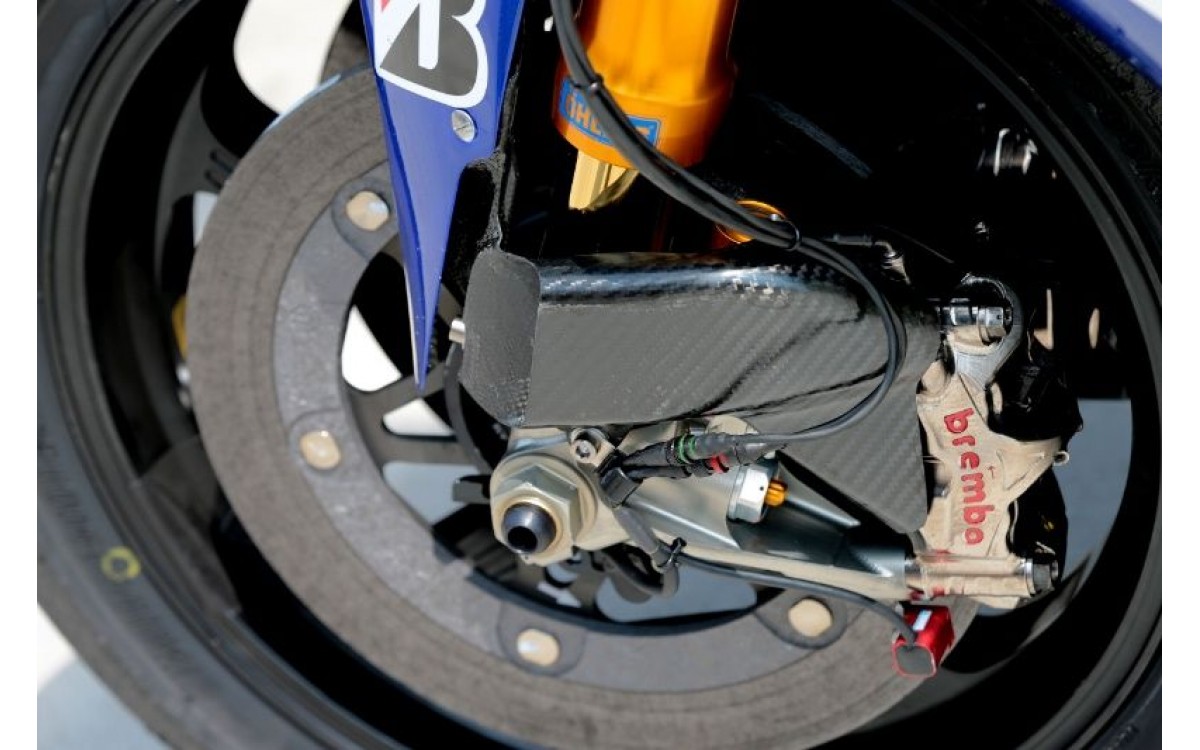Brembo Explains Maverick Vinalez’s Brake Failure
Maverick Vinalez’s 230 km/h get off at the Red Bull Ring over the weekend is still hotly debated.
It’s since learned that he had a catastrophic brake failure as he approached Turn 1 on Lap 17. Finding himself with no way of stopping the bike, “Top Gun” made the spilt second decision to EJECT! EJECT! EJECT! (Reference to fighter jets here).
PETRONAS SRT riders Fabio Quartararo and Franco Morbidelli had also been fighting brake fade from the start of the race, but they didn’t receive complete brake loss, fortunately.
But isn’t it strange that the currently slowest bike in the MotoGP paddock is the one beset with such problems?
Riders will to ride around problems in races and it’s the best riders who could do this that wins. For example, Andrea Dovizioso could alter his lean angle, brake and throttle applications to care for the tyres, saving them for the closing laps.
In this respect, the Yamaha riders had to brake later and much harder to make up time at the Austrian track, due to their lack of acceleration and top speed.
Brembo supplies the brake systems to all the MotoGP teams. A number of specs are on hand:There are 320mm and 340mm discs in both low mass and high mass, in addition to the 2020 GP4 and two standard and heavy-duty 2019 calipers. The 2020 GP4 calipers have fins to increase their surface areas to aid cooling (like what the fins on air-cooled enginesdo). On the other hand, the 2019 heavy-duty caliper uses thicker pads for more power, heat dissipation and longevity.
4.jpg)
The 340mm discs first appeared in the 2013 Motegi round and increased braking power by 20 percent while reducing operating temperatures by 100 degress Celsius. This is important in keeping the disc and pad temperatures below the critical 1000 degrees and 200 degrees, respectively.
Brembo advised the teams and riders to keep the pad temperatures below 200 degrees as brake fluid boils at 160 degrees. To do this, air ducts are fitted to channel air directly to the calipers. What happens when brake fluid cooks? It results in a spongy feel at the brake lever and the lever will come all the back to the throttle grip in worst cases.
However, Vinalez chose the 2019 standard (instead of the heavy-duty) calipers because he didn’t encounter any issues during the practice sessions. He also preferred their feel at the lever. Feel is crucial as the riders will trail brake into the corners, and as such they need to know how much of the brake they’re using and letting off and the bike nears the apexes. At the Red Bull Ring, they even had to brake hard for Turn 3 from more than 300 km/h while leaned over at 50 degrees. This was the corner where Morbidelli torpedoed Johann Zarco a fortnight ago. (Did Morbidelli lose his brakes?)

But the weather heated up during the race, with track surface temperatures soaring to nearly 50 degrees. This, in combination with over aggressive braking and being stuck in the slipstream of other riders (slipstreaming means there’s little airflow to the bike) overheated the discs to over 1000 degrees and the pads. The latter broke loose, described as “small parts came off Vinalez’s bike” by Alex Marquez who was behind.
Will the MotoGP authorities make it mandatory for the teams to fit either the 2020 GP4 or 2019 heavy duty calipers at circuits where hard braking is required? We shall see. We’re just starting to catch our breath after the weekend’s race and thankful that Vinalez walked away from the two horrors.

